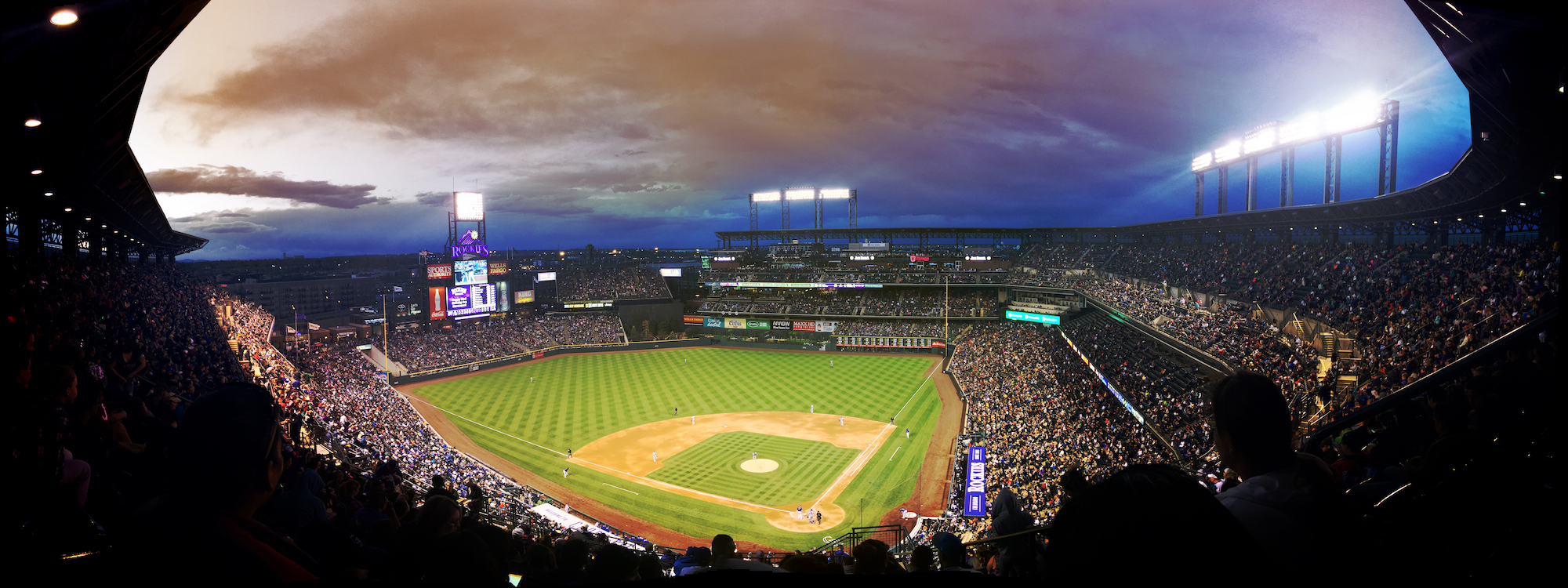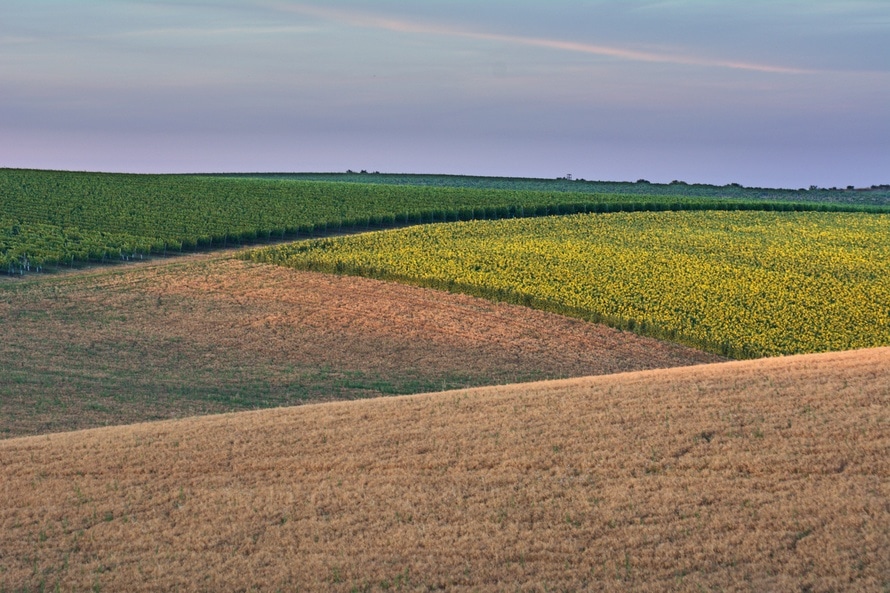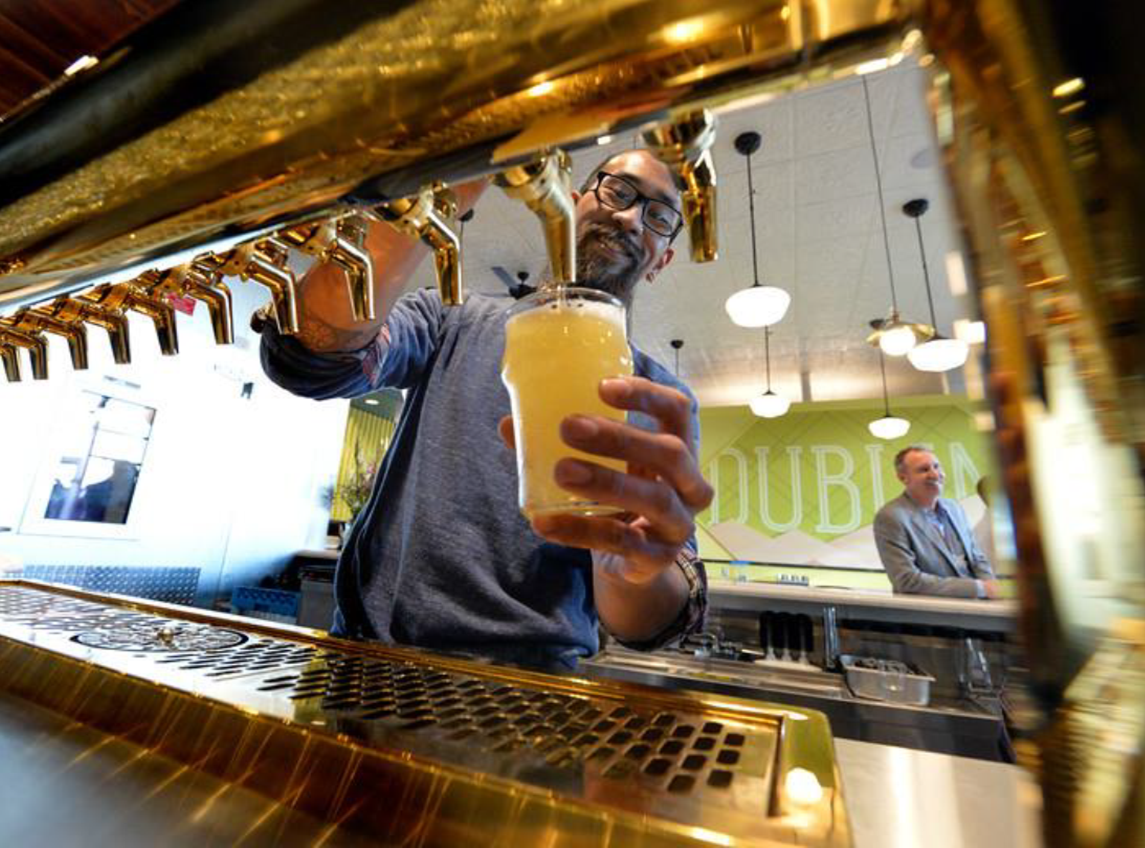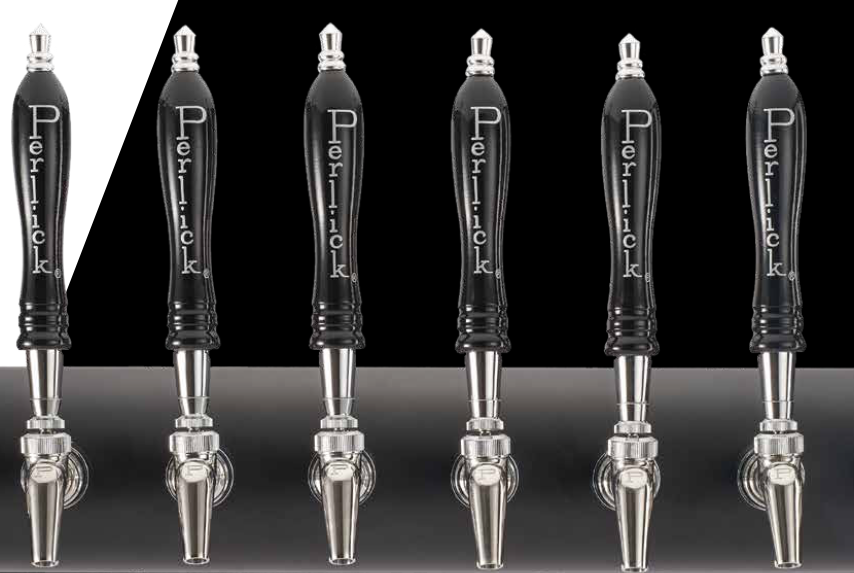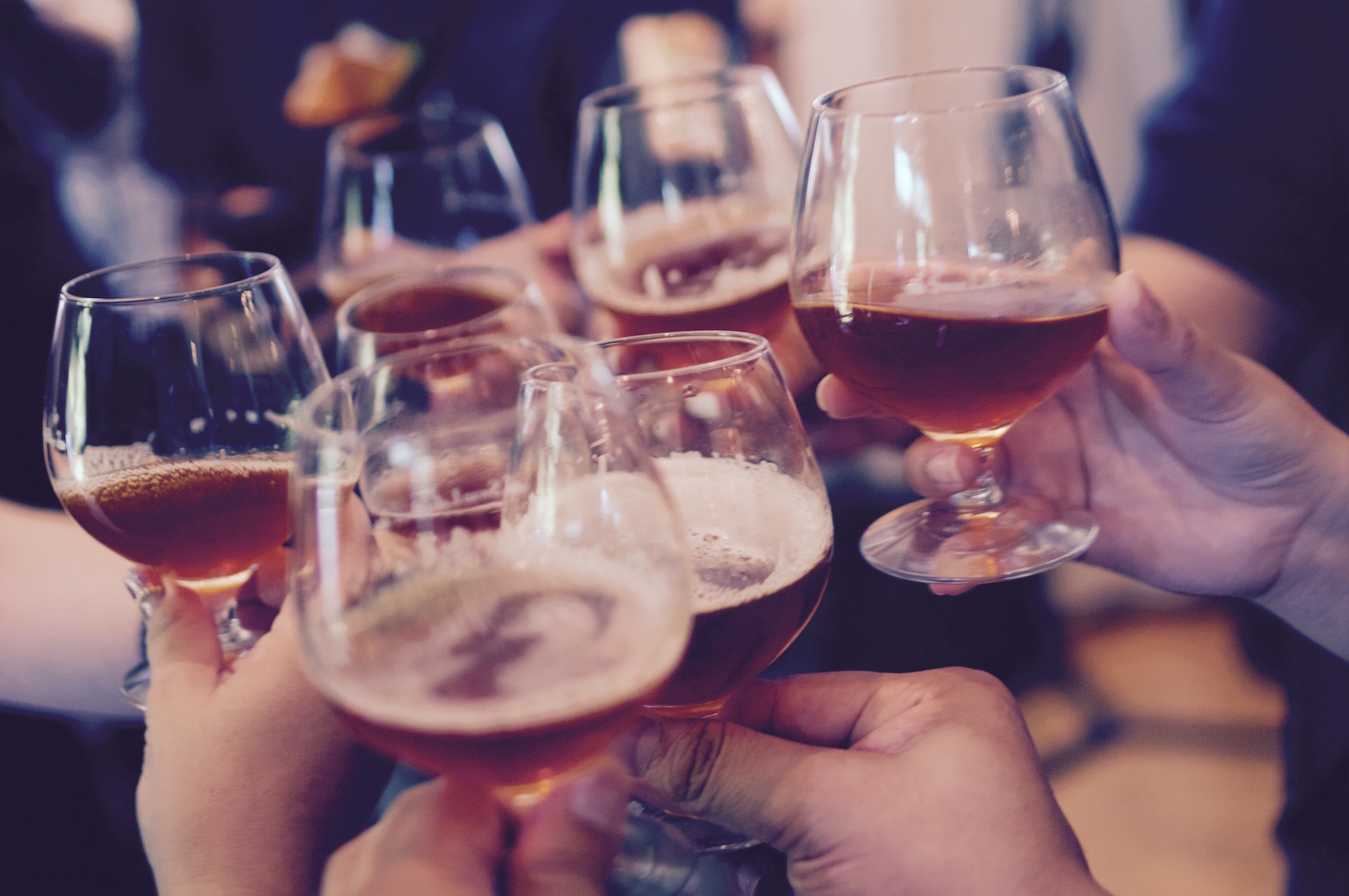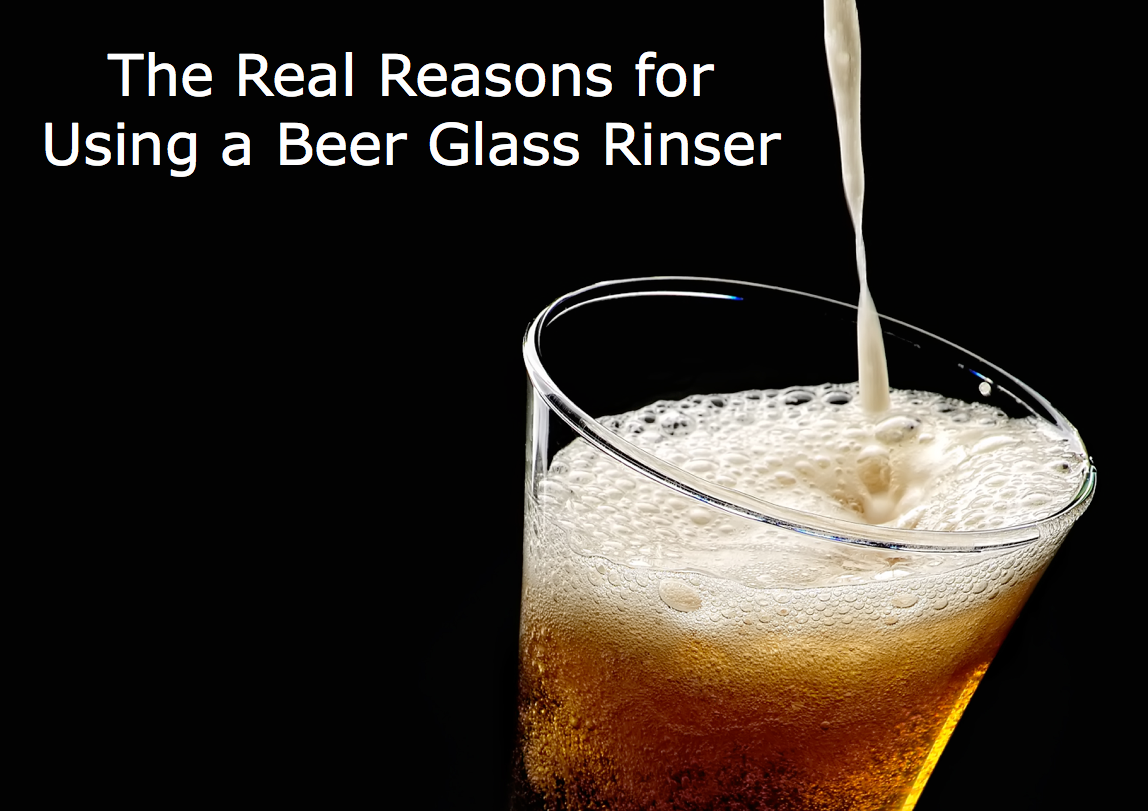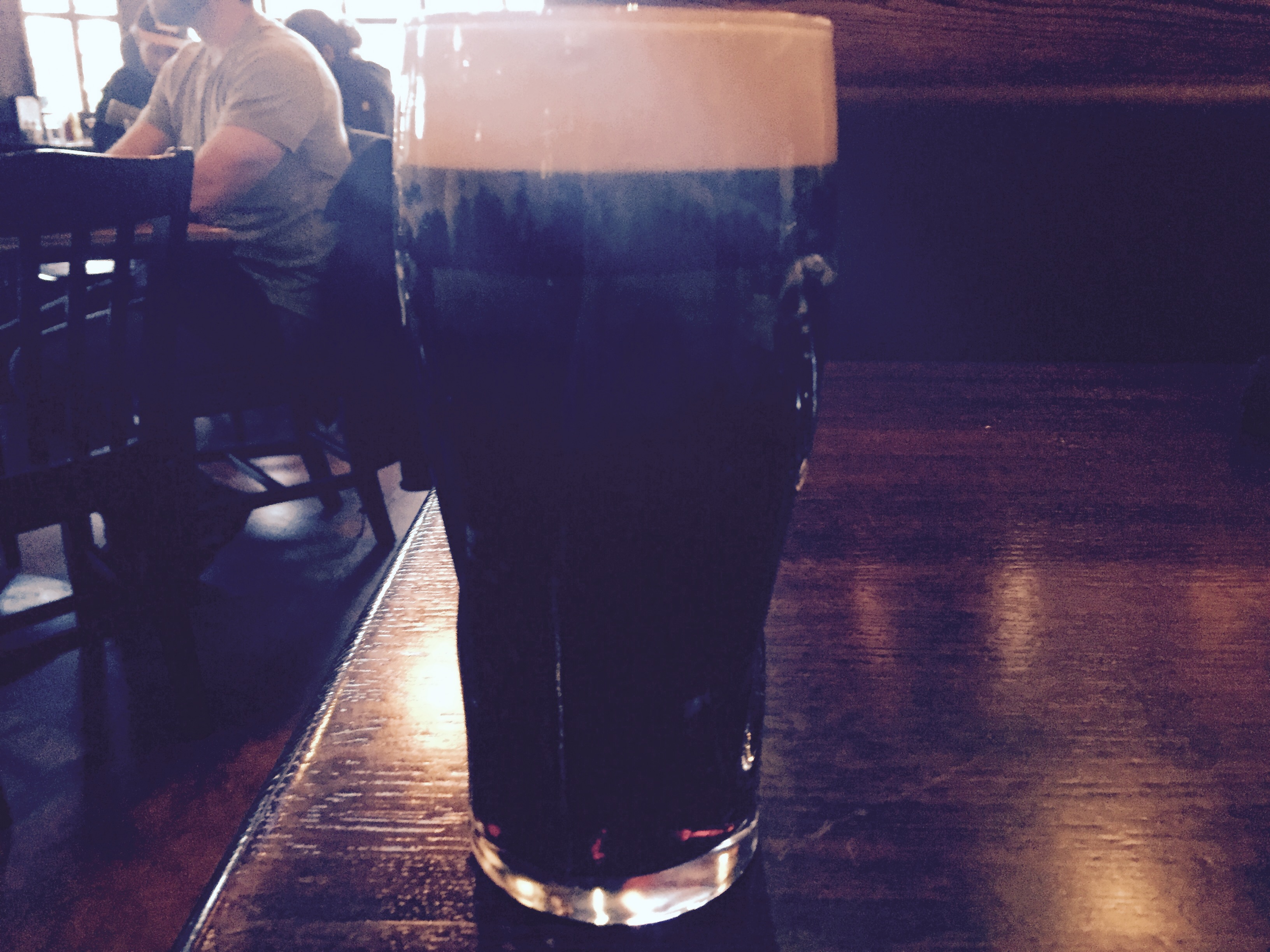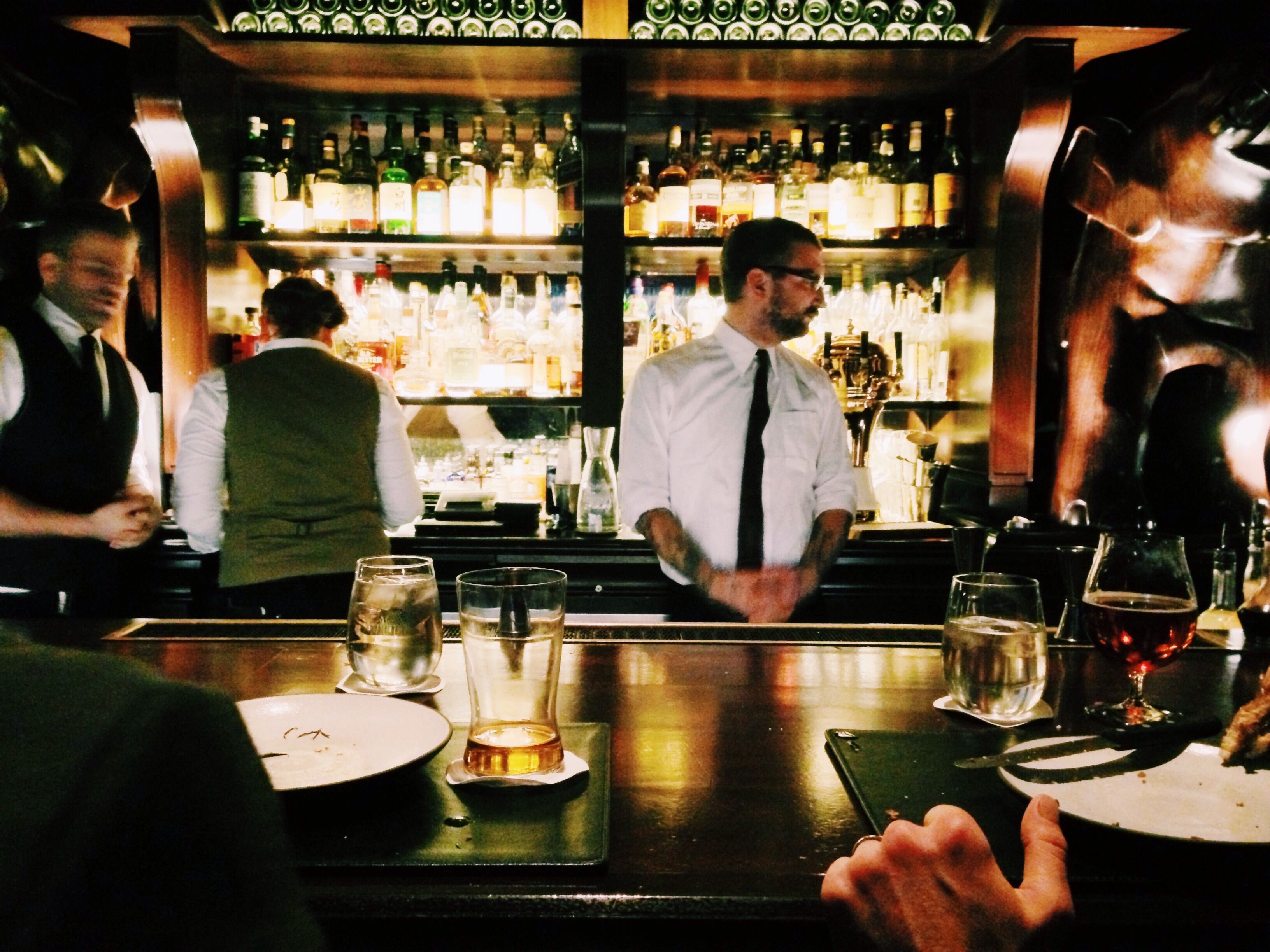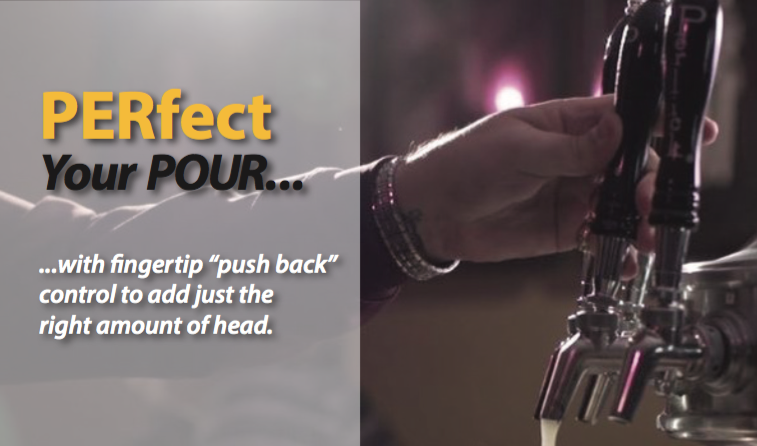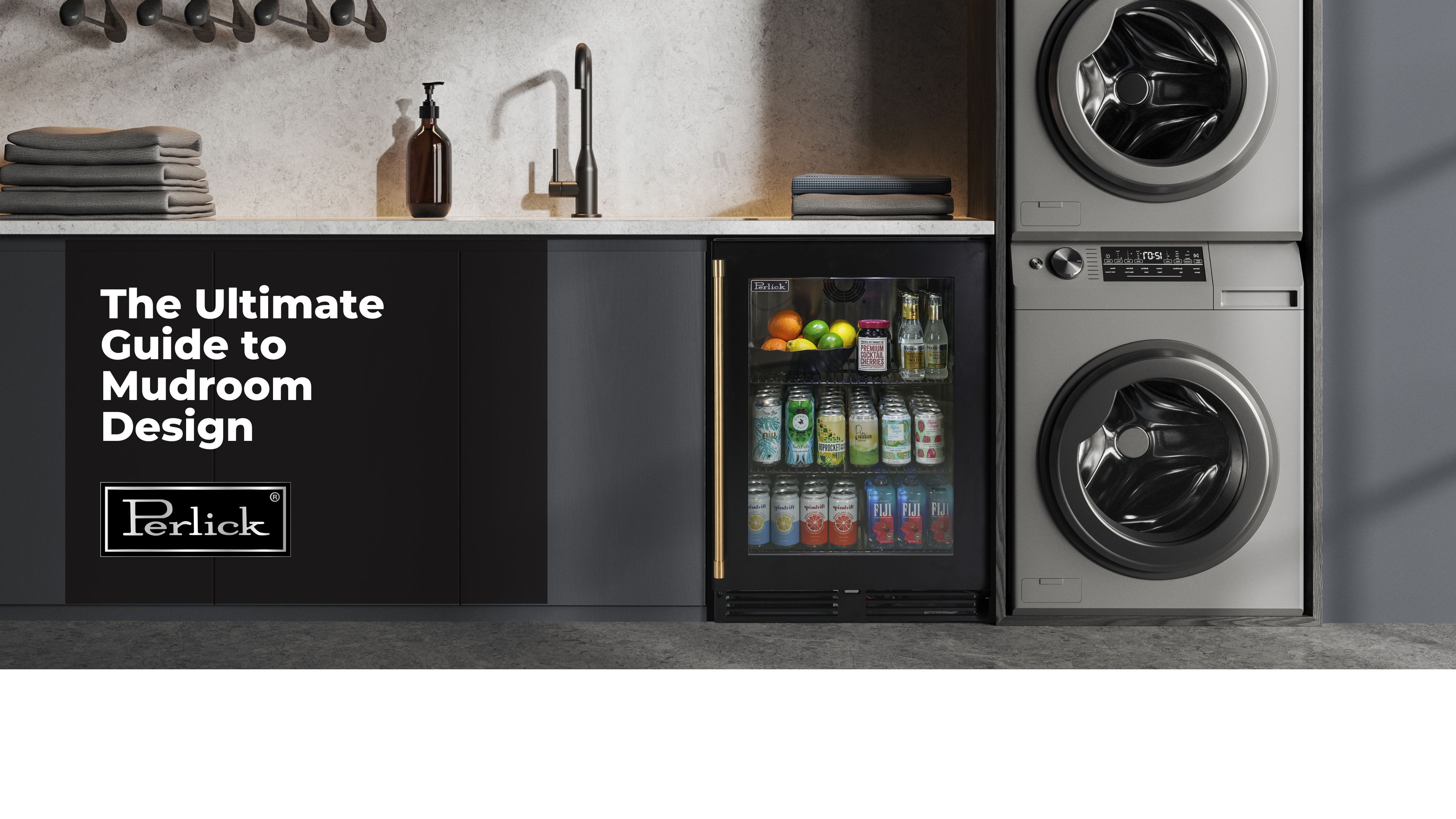One of the biggest revenue makers for sports venues and stadiums is food and beverage, but unless you take a deeper dig into the statistics, you might not realize how important those sales really are.

-
Read more »
-
Read more »
Oktoberfest is one of the most celebrated beer-drinking events in the entire world. Though the original began in Munich in 1810 as part of a wedding celebration between Crown Prince Ludwig and Princess Therese, the event has spread across the world as an annual celebration of German culture, music, food, and beer.
-
Read more »
The farm-to-table movement of sourcing food locally in the restaurant industry promotes the use of fresh ingredients and the local farms those ingredients come from. Another movement is becoming increasingly more popular, this time in the beverage industry. The farm-to-keg trend – or farm-to-glass – is being tapped into by many small craft brewers across the country.
-
Read more »
India Pale Ales, or IPAs, are an enormously popular aspect of the current craft beer movement. From West Coast "hop bombs" to "big beer" Imperial IPAs, there's a wide range of options from which IPA lovers can choose. Here's a brief rundown of the different characteristics of IPA beers.
-
Read more »
Getting your beer system right on the first try is critical. And to get it right, beer system engineers have to consider all the hard questions and not gloss over the details. But what are those questions, and what are some of the correct answers?
To begin, it's important to ask what kind of pressure source do you need?
This is determined by the distance of your beer run, as well as the changes in elevation when comparing your cooler to your dispensing station. This will determine whether you should use carbon dioxide or a CO2/nitrogen blend. In addition, if your draft beer program includes a popular nitro beer or you're serving wine-on-tap, a 25/75 blend of carbon dioxide to nitrogen will be needed.
Beer system
-
Read more »
Unlike what some might say, building a beer system isn't as simple as asking a few questions. It's not as easy as 1-2-3. At the same time, it's not rocket science, either. So what makes a good beer system? It's components.
-
Read more »
Somewhere in your bar you might have a glass rinser. If you don't have one, maybe you've considered one. They're becoming more and more popular as customers continue to demand high-quality beers served right. In fact, some bars are even encountering health code violations when they retrofit their existing bars to include beer glass rinsers.
But why do we have beer glass rinsers in the first place? What are they for? Why are more and more people using them?
Rinsing a beer glass right before use isn't necessarily a way to clean the glass, though that final rinse does serve to wash away any remaining dish soap. When rinsing a glass with cold water, it will also cool the glass down. In reality, though, there is another more important benefit – reducing friction in the glass.
As we know, the right amount of foam is a good thing. It opens up the aromas of the beer and focuses some of the flavor profiles as a result. With a thin layer of water in the glass, the beer encounters le
-
Read more »
It's almost St. Patrick's Day, a time of the year when we celebrate our collective Irish heritage and drink the world's favorite nitro-style beer. But what is nitro beer, and what's the trick to serving nitro beers?
Technically, nitro beers only contain about 70 to 75 percent nitrogen. A "Beer Gas" or Aligal or Guinness Gas is blended with three quarters nitrogen and one quarter carbon dioxide to make the beer – most often a stout – into a smoother and creamier product. But nitro beers aren't just relegated to stouts. In fact, even Guinness released a new Nitro IPA to expand on the popularity of nitro beers.
Nitro beers are also gaining popularity in the craft beer movement. Lefthand Milk Stout, for example, is one
-
Read more »
Looking to build a profitable beer dispensing system? We know what you need, and we know profit is the bottom line. That’s why our engineers have poured over our systems to ensure they run as efficiently as possible.
Our systems reduce waste to make sure you get the biggest bang for your buck when you choose a Perlick Beer System.
WHAT MAKES A PERLICK BEER SYSTEM PROFITABLE?
- 1. Our Exclusive Empty Keg Sensor: Our tapping device knows when the keg is empty and shuts off beer flow. It simultaneously leaves the line filled with beer, which means no beer is wasted while you change out your kegs. It’s the only keg coupler on the market with an integral shut-off device.
- 2. Our Copper Coolant Lines: Copper coolant lines are 17% more efficient than poly lines.
- 3. ArcticPOUR Split Deck Technology: Choose Perlick Beer Systems for ArcticPOUR Split Deck Technology. It is the ONLY sys
-
Read more »
It sounds like the unicorn of the bar and beverage world, but there is a beer faucet that increases profits and customer satisfaction at the same time. The Push Back Creamer from Perlick is a new option that allows operators to pour the perfect pint with just the right amount of foam every time.
We've already established how much you can save with the right beer system by limiting the amount of beer wasted through excess foam, but by following the right guidelines with the right equipment, it's also possible to increase guest enjoyment.
The Push Back Creamer operates much like any other beer faucet. Pull forward on the tap for normal flow, but as the glass is nearing the top, bartenders can "push back" to activate a creamer piston that finishes off the pour with the perfect head.
By

